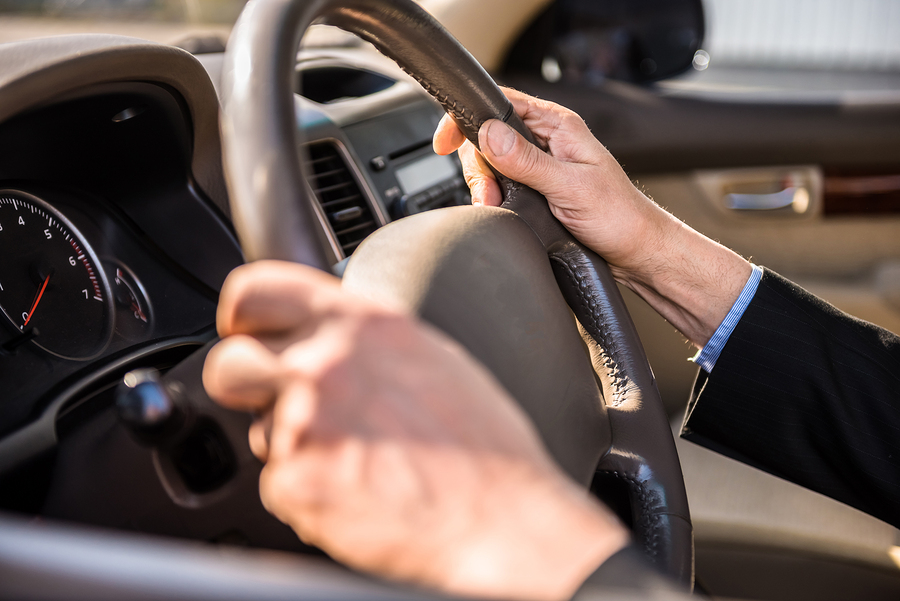How telematics insurance works
Also known as ‘Black Box’ insurance, telematics is changing the way people think about car insurance. This pay-how-you-drive system is designed to reward drivers for good behaviour by setting premiums based on their driving habits.
Curious to know more? Here’s the basics of how telematics insurance works.
It’s all about you
Traditionally, insurer premiums are based on the average driver – factors like the age of the driver, their experience, driving history and past claims all impact the insurance rate.
Rather than relying on assumptions, telematics insurance uses electronically gathered data to calculate your annual quote based specifically on how you drive. The real advantage here is fairness and price – safe and cautious drivers are drawn to these policies because they can quickly prove their driving skills to their insurer and be rewarded for it.
The ‘Black Box’ and capturing data
In order for this to happen, a small ‘Black Box’ is discreetly fitted in your car, usually under the dashboard or in your glove compartment. GPS satellite, motion sensor and telemetry technology record data about your driving habits and transmit them to your insurer. When it comes time to renew your policy, the data is used to help set your insurance rate.
The box records things like:
- The speed you drive at and whether you stay within speed limits
- Your total mileage, including motorway miles
- The time of day or night you drive
- How often you take breaks on long journeys
- How smoothly you drive; if you brake or accelerate sharply, how you take corners
Often, drivers are also given access to an online dashboard where they can check in on their driving stats and monitor whether or not they are driving safely. It can be a great opportunity for drivers to understand a bit more about their habits and even improve their driving based on the information collected.
When it’s right for you
Whether or not telematics insurance works for you will be dependent on a number of factors. Traditionally, this type of policy has been very popular with any driver who pays a high premium already; it’s an opportunity for young drivers or drivers with past claims and convictions to demonstrate they are safe drivers and reduce their premium.
In general, drivers best-suited to telematics policies and the savings they could provide are drivers already paying a high premium – over £800 a year – who drive mostly locally and usually between 5am and 10 pm.
While it might seem like a silver bullet, in some instances it might actually make your premium go up; if the data captured shows that you are driving further than the quoted mileage, speeding or driving late at night you might see your premium shoot up rather than down.
Added benefits
There are some added benefits of the ‘Black Box’ that aren’t just about car insurance; since it’s GPS-enabled, telematics can also help track your car if it’s ever stolen.
In the event of an accident, telematics also gathers data that can help you make a claim and provide accurate information not only about date and time but about other factors such as traffic, fault and point of impact.
Would you be interested in a telematics insurance policy? Let us know your thoughts in the comments below!
Disclaimer
The contents of this article are for reference purposes only and do not constitute financial or legal advice. Independent financial or legal advice should be sought in relation to any specific matter. Articles are published by us without any knowledge or notice of the circumstances in which you or anyone else may use or rely on articles or any copy of the information, guidance or documents obtained from articles. We operate and publish articles without undertaking or accepting any duty of care or responsibility for articles or their contents, services or facilities. You undertake to rely on them entirely at your own risk, and without recourse to us. No assurance of the quality of articles is given or undertaken (whether as to accuracy, completeness, fitness for any purpose, conformance to any description or sample, or otherwise), or as to the timeliness of the publication.



















